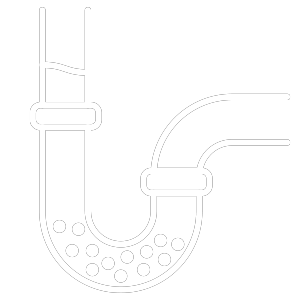Clogged pipes and blocked drains are not only messy but can also quickly turn into a serious plumbing issue. You may have noticed frequent gurgling sounds coming from your sink or tub, or water pooling around the base of them.click here
When this happens, click here to download a helpful DIY guide if you’d like to get to the bottom of the problem yourself. Before attempting any repair work, make sure to turn off the main water supply to your home. If it’s a minor blockage, the problem can often be fixed with simple household items such as vinegar, baking soda, and a plunger.
Identify the Source of Blocked Drains
Though you may see the effects of blocked drains in your home, they don’t always originate where you think they do. Tracing them back to the source can feel like detective work, but there are clues you can look out for that will help.
If the blockage is near an outside pipe, check if the septic system needs to be cleaned out. Long grass growing around the drainage area could be a sign that the soil is not draining as it should. Tree roots looking for nutrients may also be drawn to the moisture, causing a blockage in the pipes.
Different Causes for Different Blockages
It’s important to know what kind of material is causing the blockage when considering how to clear it. Kitchen sinks tend to be blocked with food waste such as coffee grinds, eggshells, and other debris. Tub and shower drains are often blocked by hair, soap scum, and other hygiene products. Though toilets are usually clogged by large objects such as toys, they can also be caused by an accumulation of smaller lumps of tissue paper over time.
Do It Yourself Solutions
Before investing in professional repairs, there are a few DIY cleaning techniques that could help. The first is to pour boiling water down the affected drain. This can help break down organic matter or dislodge small objects that are slowing down the flow. For serious blockages, you can use a mixture of baking soda and vinegar poured into the drain and leave for 10 minutes before flushing with hot water.
A plunger works by creating a seal around the drain and pushing down the slime or debris. Moving the plunger up and down quickly generates suction that can dislodge an obstruction and free up the pipe again. However, be aware that plungers can cause a mess so wear protective gloves.
Bring in the Professionals
If all attempts to clear the blocked drain fail, don’t be afraid to call in the professionals. Expert plumbers and drain cleaning contractors often use high-pressure hoses to successfully remove stubborn blockages. They can also give you advice on preventative measures.

Taking regular steps to maintain your pipes can save you lots of money in long-term repair costs. These include avoiding placing objects down the drain that shouldn’t go there, as well as using mesh covers to avoid hair and other debris getting stuck in the pipes.
Staying on top of issues like blocked drains can help you ensure a safe and pleasant environment in your home. With a little bit of DIY and some professional guidance, you can keep your drains flowing freely for years to come!

